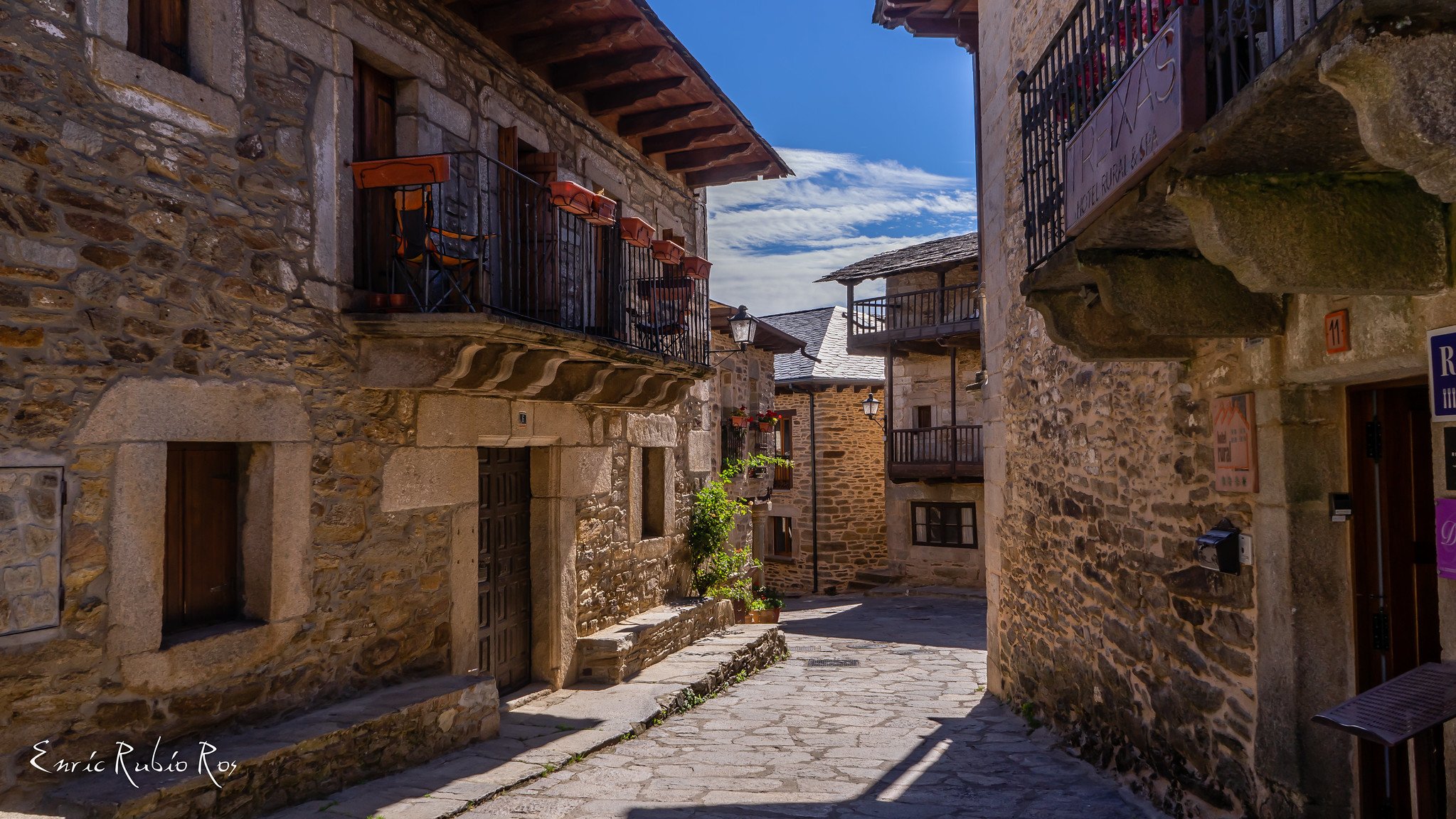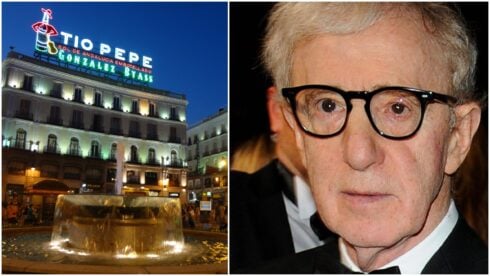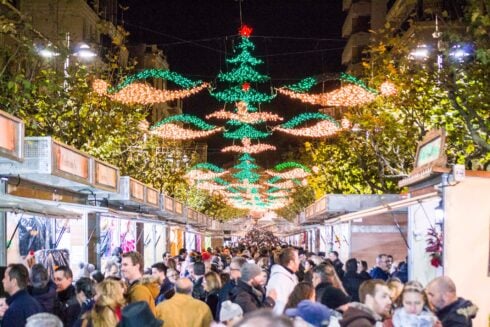ONE of Spain’s most picturesque medieval towns is pleading with tourists to return after catastrophic wildfires decimated the surrounding countryside and sent visitor numbers plummeting.
Puebla de Sanabria, a charming walled village in Castilla y Leon dominated by a spectacular Renaissance castle, saw tourist arrivals crash by 40% in August as flames tore through the Zamora province.
The Molezuelas wildfire, which ignited on August 10, became the largest blaze in Spain’s recorded history, torching up to 39,700 hectares of the forests and countryside that make the Sanabria region such an irresistible draw for nature lovers.
It sits at the meeting point of Atlantic and Mediterranean climates, creating the perfect conditions for October visits when autumn colours explode across the mountains and temperatures remain pleasantly mild.

The town itself, perched at 950 metres above sea level where the Castro and Tera rivers meet, escaped the flames.
But the impact on tourism has been devastating, with the local mayor confirming visitor numbers collapsed compared to the previous August.
Now, as October arrives with its golden autumn light, local businesses are urging British and European tourists not to abandon this hidden gem.
The medieval quarter, crowned by the castle of the Counts of Benavente, remains completely intact and ready to welcome visitors.
READ MORE: Beach rip-off: Cala Major tourists on Spain’s Mallorca charged 288% more for ‘premium’ hammocks!
From the keep tower – known locally as El Macho – panoramic views stretch across slate-roofed houses, Renaissance ramparts, and the winding Tera river towards the Culebra and Leon mountain ranges.
In the distance lies Lake Sanabria, the largest natural lake on the Iberian Peninsula, formed in an ancient glacial cirque.
The 15th century castle-palace, rebuilt by the 4th Counts of Benavente, sits on a granite promontory at the highest point of the town.
Its strategic location made it essential for border defence until as late as 1895, when this historically disputed frontier zone between Spain and Portugal finally settled into peace.
King Alfonso IX of Leon granted the settlement its town charter in 1220, establishing legal protections designed to strengthen Spanish control of the Portuguese border.
The original 13th century fortress walls still embrace the old quarter, though what visitors see today is largely the Renaissance reconstruction.
The August 2025 wildfires proved Spain’s worst fire season since 1994, with 380,000 hectares burned nationwide and over one million hectares destroyed across Spain and Portugal combined.
The tragedy has been compounded by the region’s chronic depopulation crisis.
With just over 1,000 permanent residents, Puebla de Sanabria lacks the workforce for effective forest management, leaving vast swathes of countryside vulnerable to catastrophic blazes.
Despite its tiny population, the town remains a crucial cultural and commercial crossroads between the Spanish plateau and Galicia.
Its elegant train station, now thundering with the passage of high-speed AVE services beneath, testifies to centuries of strategic importance.
Local authorities are emphasising that the town and its attractions suffered no damage whatsoever, and that the surrounding natural park, while scarred, remains breathtakingly beautiful and safe to explore.
Click here to read more Olive Press Travel News from The Olive Press.








